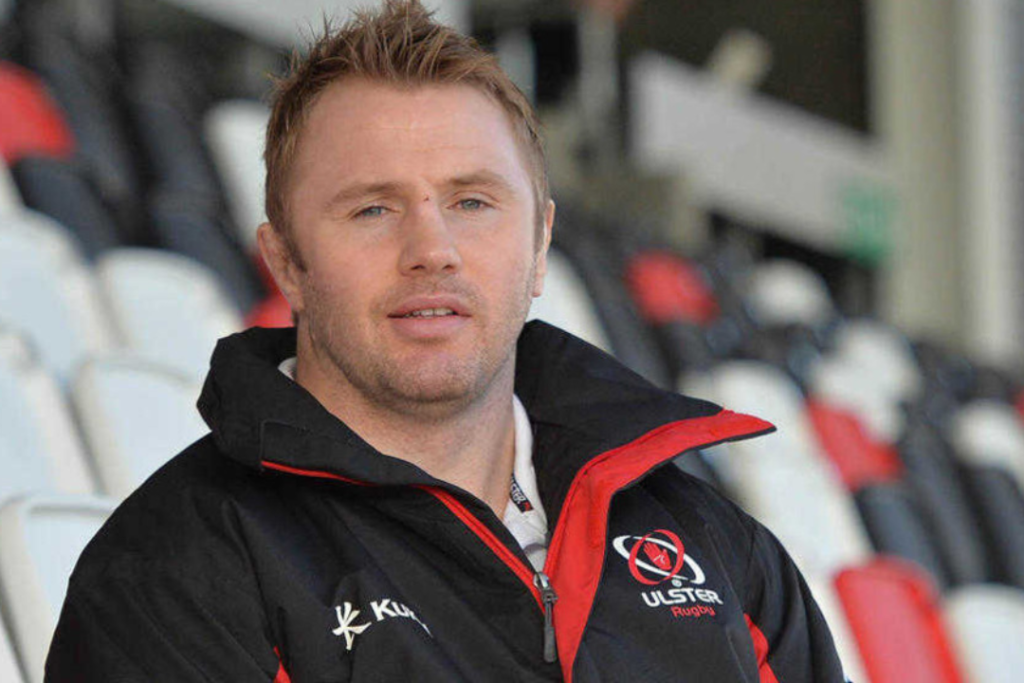Despite progressive advancements in football gear, upgraded helmets, and more awareness surrounding brain injuries. American tackle football is still a controversial subject when it comes to under 14. Brain injuries are incredibly serious and can have lifelong effects. So parents and health alliances are understandably concerned of the effects of tackling.
The Physiology of a Child Under 14
Children, especially young boys, have not yet developed the necessary body mass to withstand the force of a tackle. According to Geoffrey Lauer of the Brain Injury Alliance of Iowa.
The biggest concern surrounding head injuries is chronic traumatic encephalopathy (CTE). CTE is a disease caused by repeated blows to the head and is often correlated with American football. CTE can cause an inability to control emotion, affect their ability to conduct simple tasks, depression, or the inability to think. It’s impossible to diagnose CTE on a live brain, making the disease all the more dangerous.
Unlike other organs, the brain cannot repair itself which can lead to lifelong health struggles like CTE. In a recent CBS study, Neuropathologist Dr. Ann McKee found that children, “who start playing tackle football before age 12 will, on average, develop cognitive and emotional symptoms associated with (CTE) much earlier than those who start later.”
Correct Tackling Posture As A Preventative
There are recommended tackling postures for the safest possible tackle which involves using the shoulder as opposed to the head. However, as with any skill, this position must be practiced and therefore leaves room for mistake or injury.
And alternative approach for young football players is flag football. A non-tackle sport, flag football maintains all of the other element of traditional football with a much-reduced risk of brain injury.
Do Helmets Help?
The CDC has said that there is no official “concussion proof” helmet. This means that regardless of the protective gear a player has on, there is still a chance of sustaining a brain injury.
Some studies even suggest that players are more likely to weaponize their helmets which could lead to even higher concussion and CTE diagnosis numbers.
This controversial topic is polarizing as there is still so much that we don’t know. Staying updated on new developments and legislation as it is passed will keep you informed and help you decide what is best for your child.




